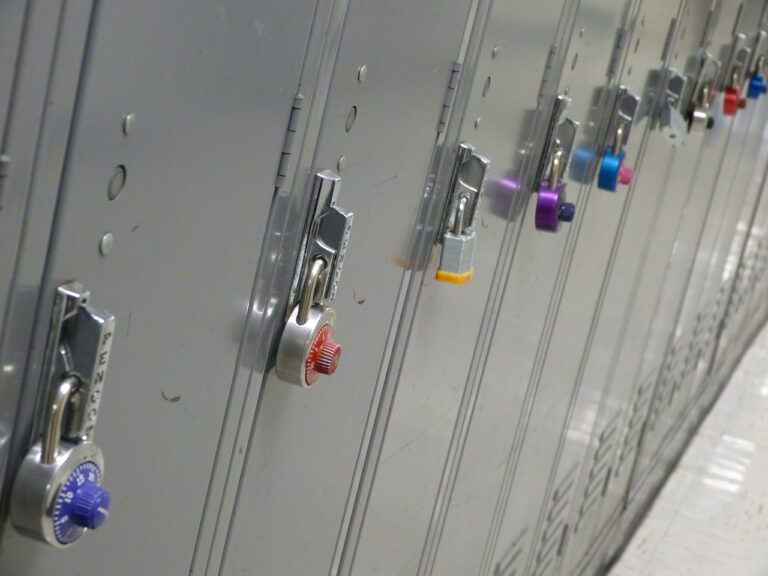How to Use Augmented Reality for Physics
all panel login, crickbet99, Lotus365: When it comes to learning physics, understanding abstract concepts can be challenging for students. However, with the rise of augmented reality technology, teaching and learning physics has become more interactive and engaging than ever before. Augmented reality (AR) allows students to visualize and interact with complex physics concepts in a 3D environment, making it easier for them to grasp difficult ideas. In this article, we will explore how to use augmented reality for physics education.
Augmented Reality for Physics Experiments:
One of the key benefits of using augmented reality in physics education is the ability to conduct virtual experiments. Through AR apps, students can simulate physics experiments in a virtual laboratory setting. This allows them to explore different variables, test hypotheses, and observe the outcomes in real-time. Additionally, students can repeat experiments multiple times to deepen their understanding of the underlying principles.
Visualizing Physics Concepts:
Augmented reality can also help students visualize abstract physics concepts that are difficult to grasp through traditional methods. For example, students can use AR apps to explore topics like electromagnetic fields, waves, and forces in a 3D environment. This interactive experience makes it easier for students to see how these concepts work in the real world.
Engaging Physics Lessons:
Using augmented reality can make physics lessons more engaging and interactive for students. Instead of passive learning through textbooks and lectures, students can actively participate in their learning through hands-on AR experiences. This can increase student motivation and interest in physics, leading to better retention of information.
Augmented Reality for Demonstrations:
AR can be used to demonstrate complex physics principles in a visually compelling way. For example, students can use AR to see how planets orbit the sun, understand the concept of wave interference, or visualize the behavior of particles in a magnetic field. These demonstrations help students connect theoretical concepts to real-world applications.
Collaborative Learning:
Augmented reality can facilitate collaborative learning experiences for physics students. By sharing AR environments, students can work together to solve physics problems, conduct experiments, and explore physics concepts. This collaborative approach promotes teamwork, communication, and critical thinking skills.
Assessment and Feedback:
AR technology can also be used for physics assessment and feedback. Teachers can create AR quizzes and simulations to test students’ understanding of physics concepts. Students can receive instant feedback on their performance, allowing them to track their progress and identify areas for improvement.
In conclusion, augmented reality has the potential to revolutionize physics education by making complex concepts more accessible and engaging for students. By incorporating AR technology into physics lessons, educators can create interactive learning experiences that enhance student understanding and retention of physics principles.
FAQs:
Q: Is augmented reality suitable for all levels of physics education?
A: Yes, augmented reality can be used for students at various levels, from high school to university.
Q: Can I use augmented reality for self-study in physics?
A: Absolutely! There are many AR apps and resources available for self-study in physics.
Q: How can I incorporate augmented reality into my physics curriculum?
A: You can explore AR apps, create your own AR experiences, or collaborate with other educators to incorporate AR into your lessons.







